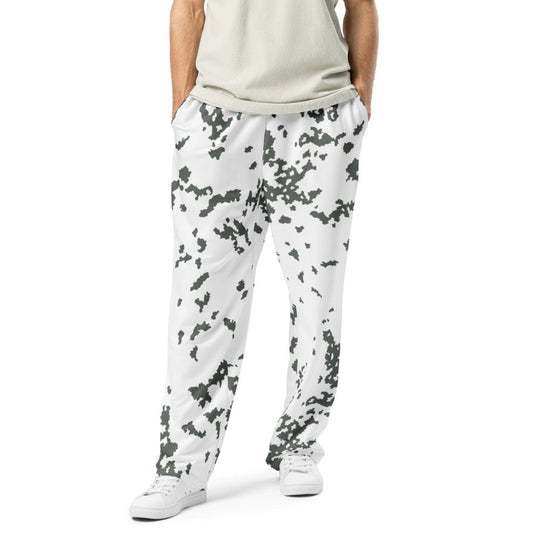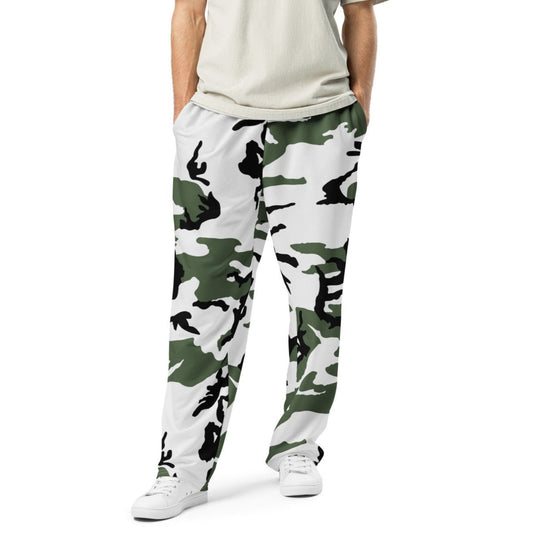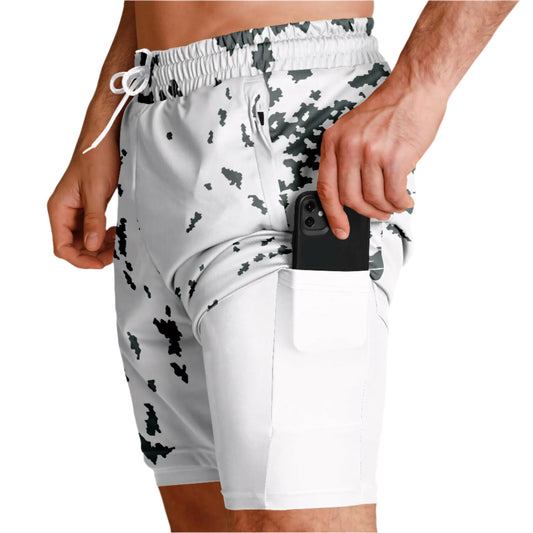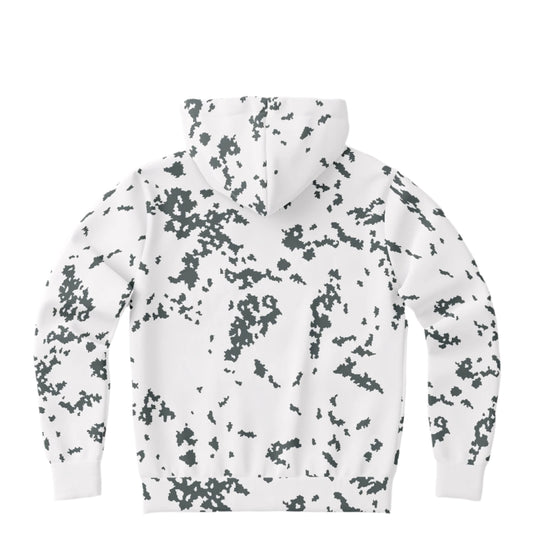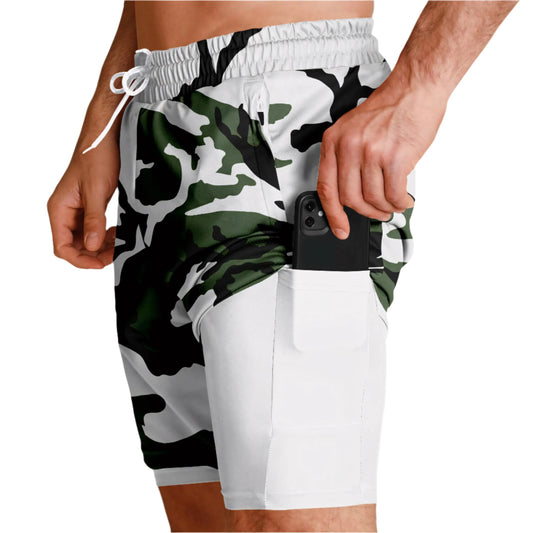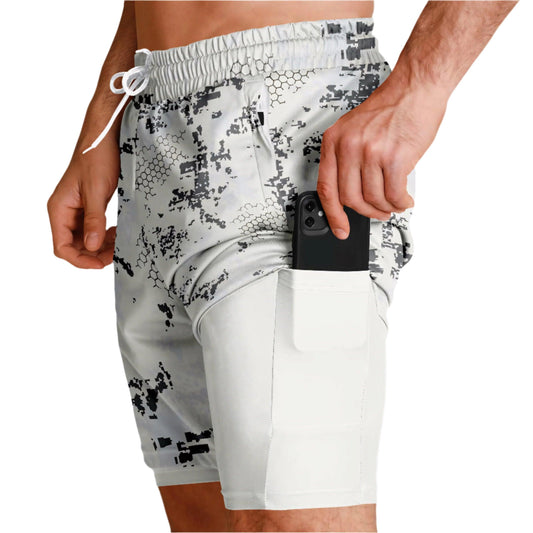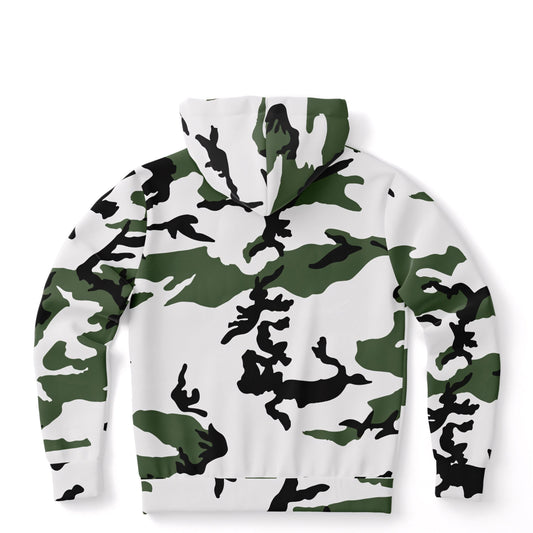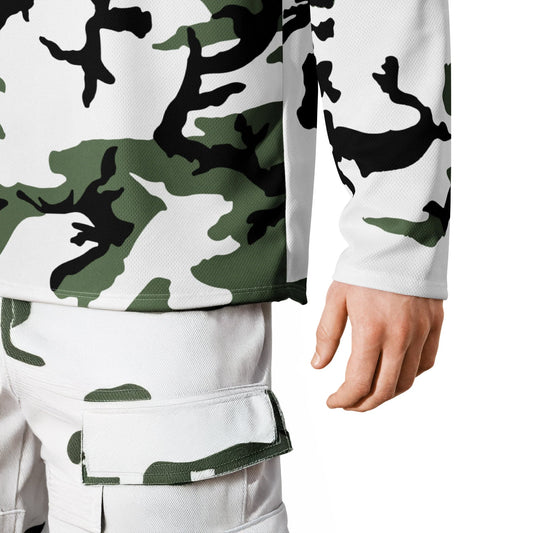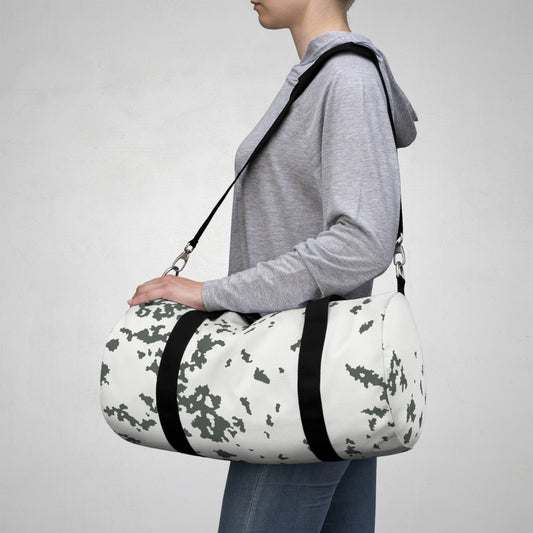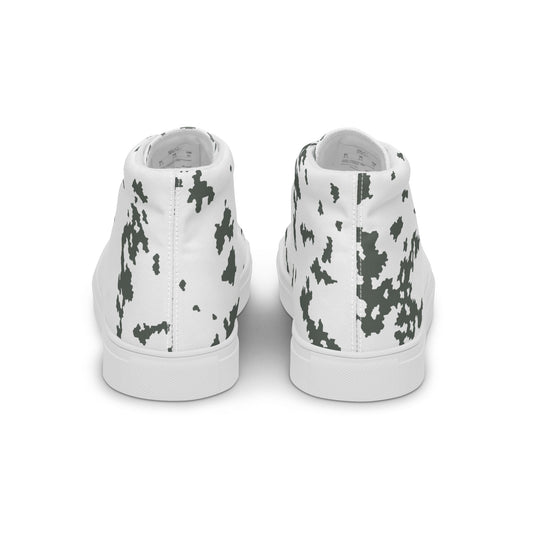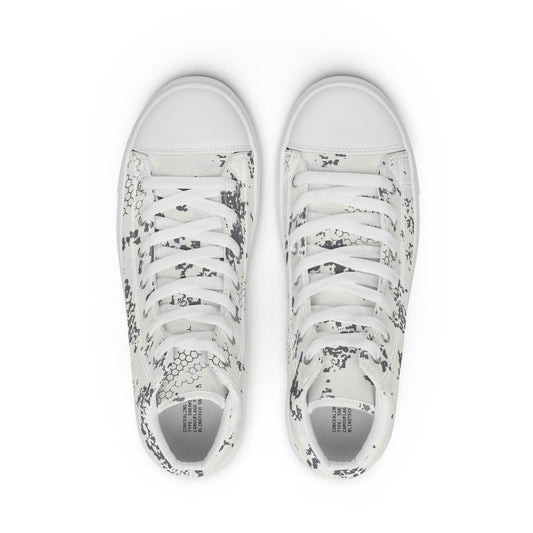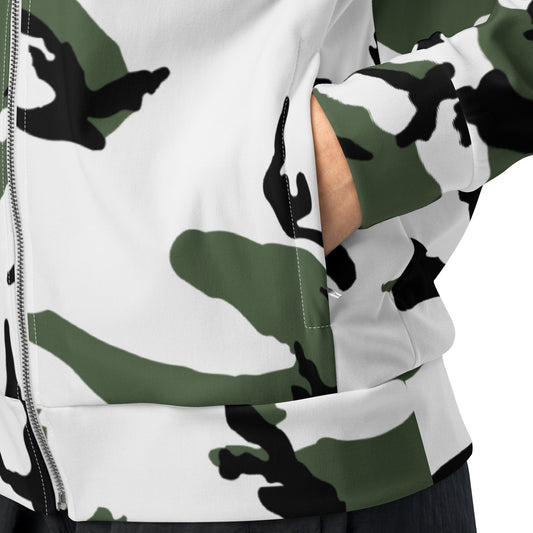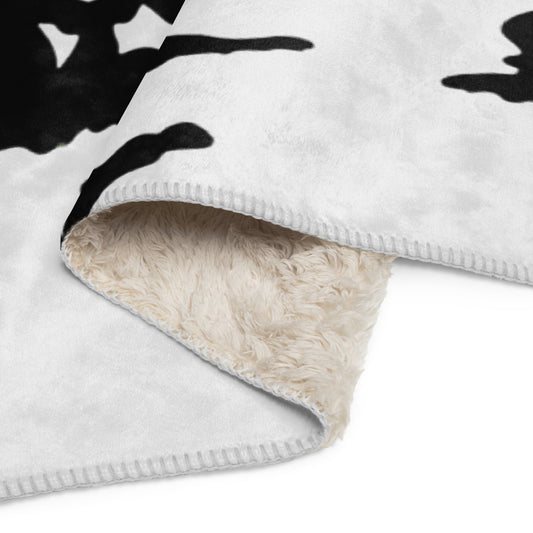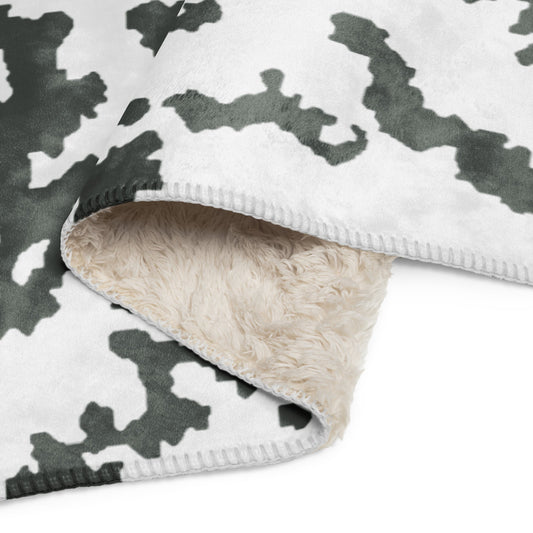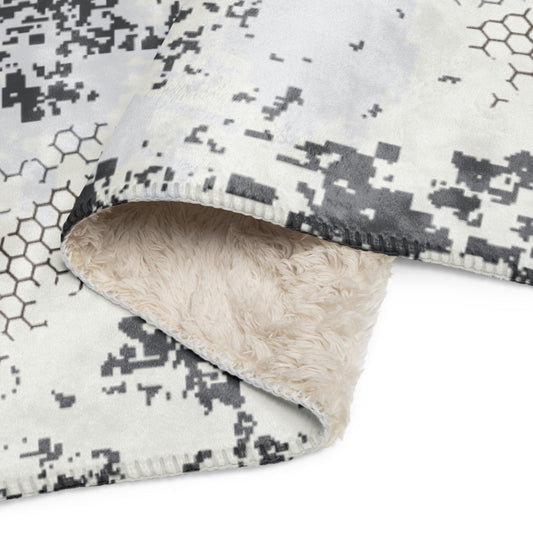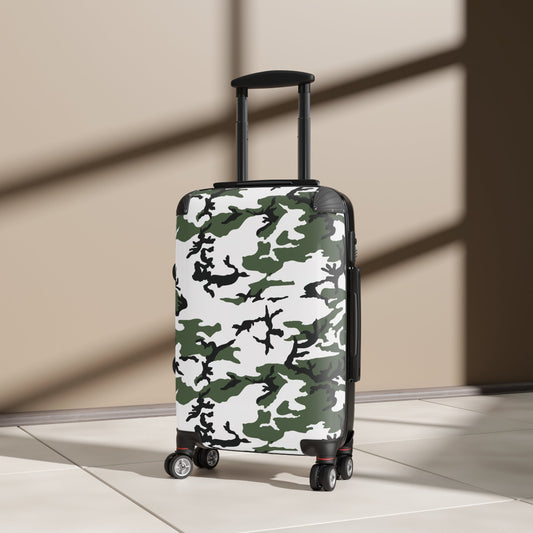Snow Camouflages
-

M05 Snow Camouflage
The Finnish M05 Snow Camouflage, also referred to as Lumikuvio (“snow pattern”), is...
-

BlindTech Snow
The BlindTech™ Snow camouflage by Alaska Elk 1795 is a specialized cold-weather concealment...
-

Three-Color Snow
The Three-Color Snow camouflage, officially referred to as “Snow BDU” in archived...
-

Tundra Alpine
The French Tundra Alpine Camouflage is a specialized four-color pattern designed specifically...
-
M05 Snow Camo Sweatpants
Regular price $55.00 USDRegular priceUnit price per -
Three-Color Snow Camo Sweatpants
Regular price $55.00 USDRegular priceUnit price per -
M05 Snow Camo Lined Shorts 7"
Regular price $58.50 USDRegular priceUnit price per -
M05 Snow Camo Hoodie
Regular price $58.50 USDRegular priceUnit price per -
Three-Color Snow Camo Lined Shorts 7"
Regular price $58.50 USDRegular priceUnit price per -
Blindtech Snow Camo Lined Shorts 7"
Regular price $58.50 USDRegular priceUnit price per -
Three-Color Snow Camo Hoodie
Regular price $58.50 USDRegular priceUnit price per -
Three-Color Snow Camo Hockey Jersey
Regular price $58.50 USDRegular priceUnit price per -
BlindTech Snow Camo Hockey Jersey
Regular price $58.50 USDRegular priceUnit price per -
M05 Snow Camo Small Duffle Bag
Regular price $58.59 USDRegular priceUnit price per -
M05 Snow Camo Men's Sneaker Hi
Regular price $59.00 USDRegular priceUnit price per -
BlindTech Snow Camo Men’s Sneaker Hi
Regular price $59.00 USDRegular priceUnit price per -
Three-Color Snow Camo Track Jacket
Regular price $76.00 USDRegular priceUnit price per -
Three-Color Snow Camo Sherpa Blanket 60” × 80”
Regular price $76.00 USDRegular priceUnit price per -
M05 Snow Camo Sherpa Blanket 60” × 80”
Regular price $76.00 USDRegular priceUnit price per -
BlindTech Snow Camo Sherpa Blanket 60” × 80”
Regular price $76.00 USDRegular priceUnit price per -
Three-Color Snow Camo Carry-On Roller Suitcase
Regular price $149.92 USDRegular priceUnit price per





